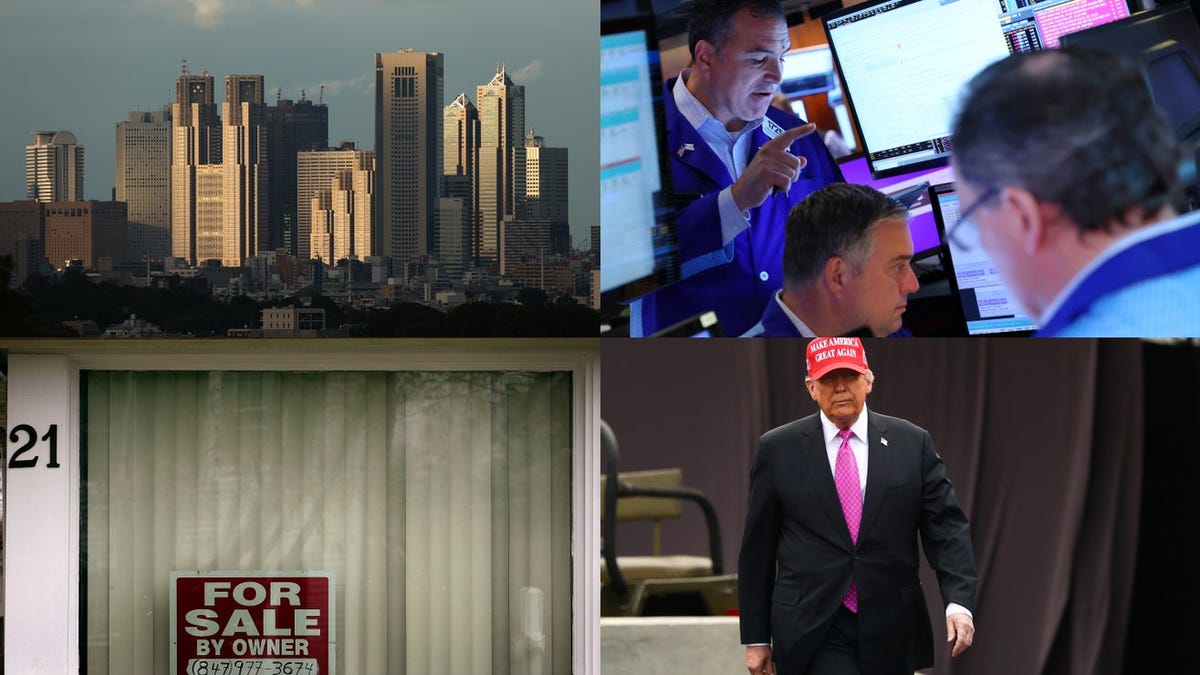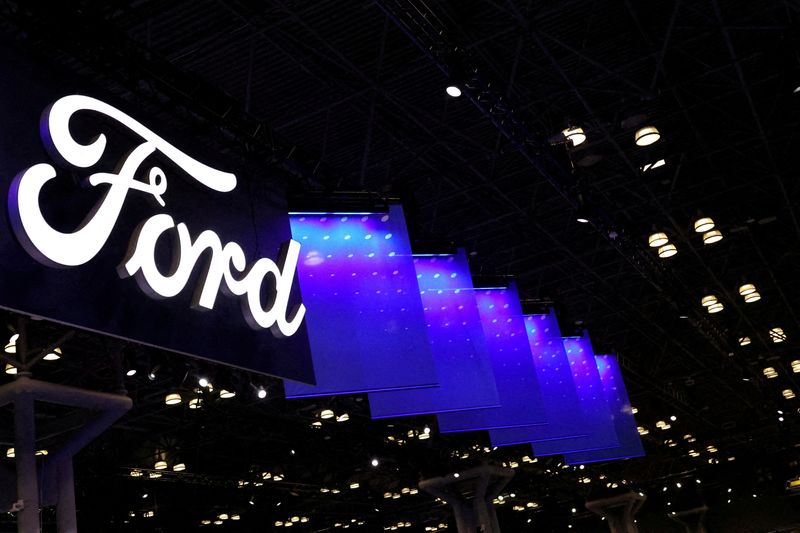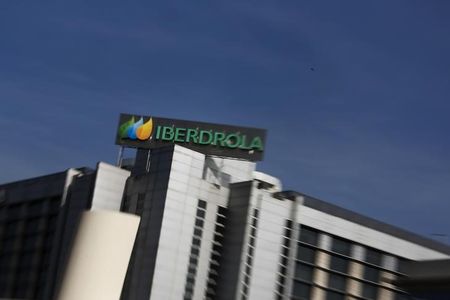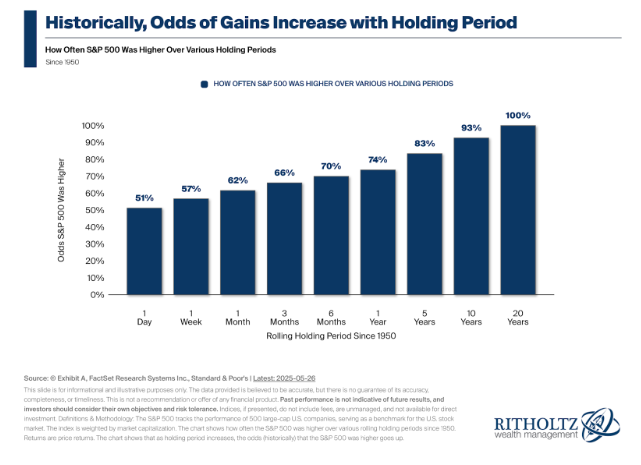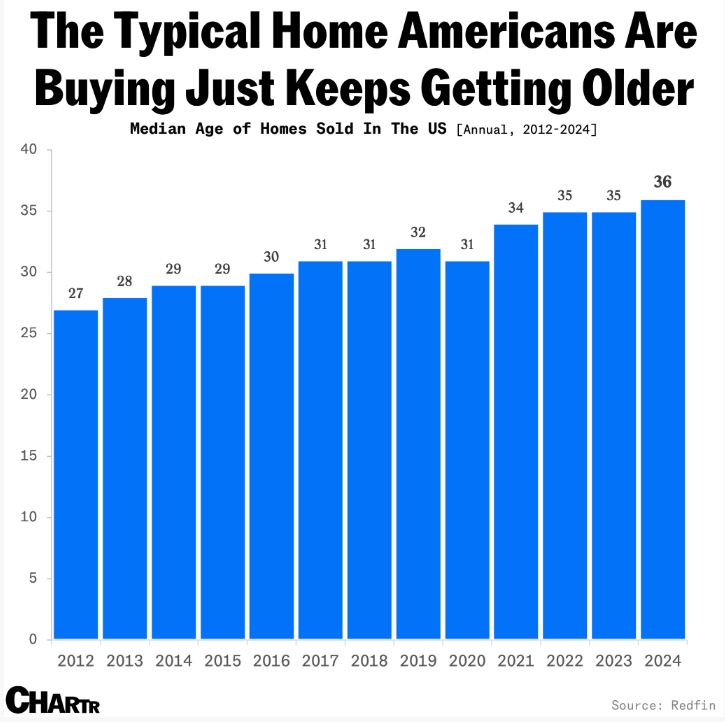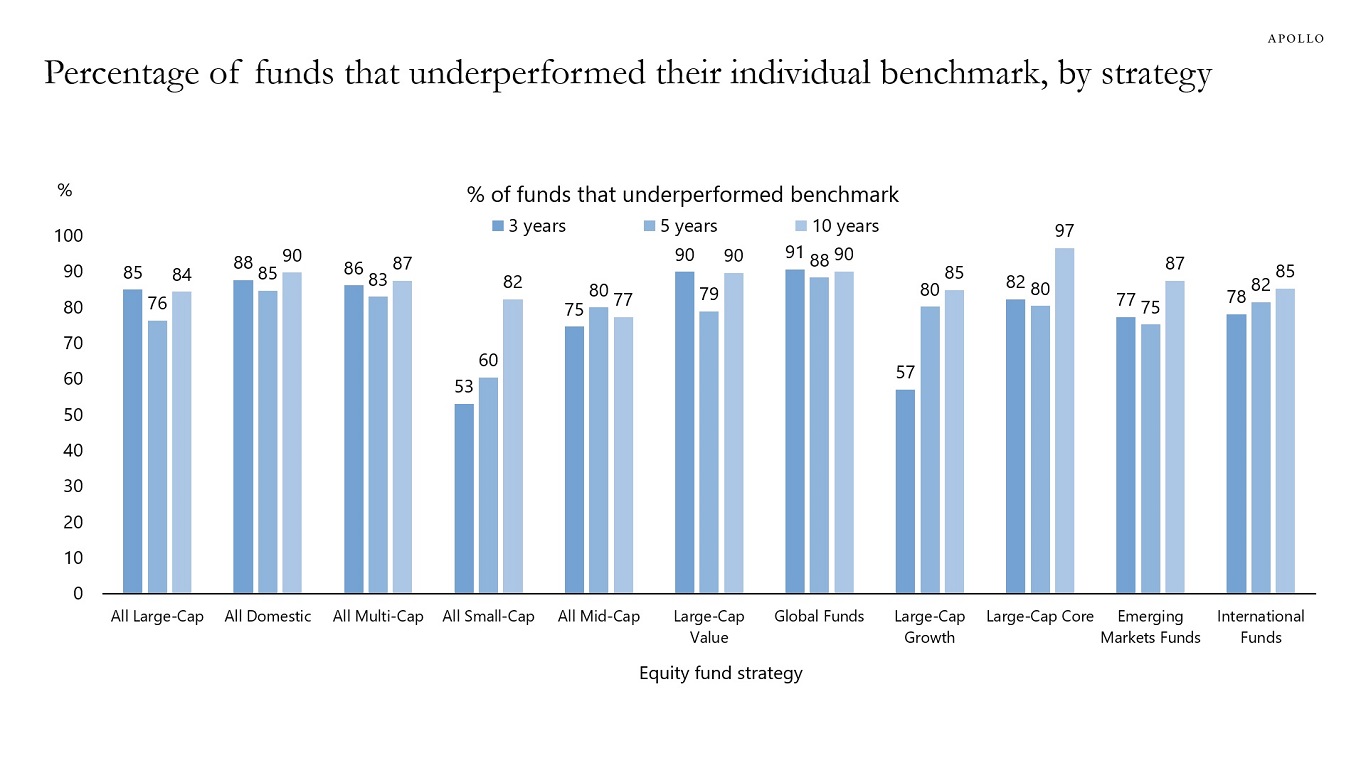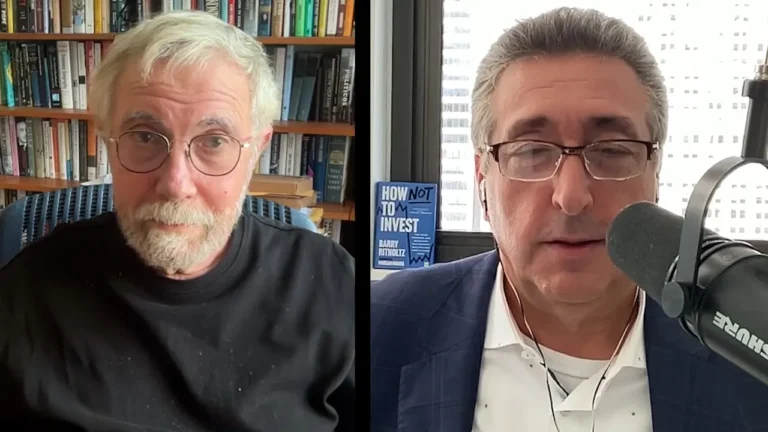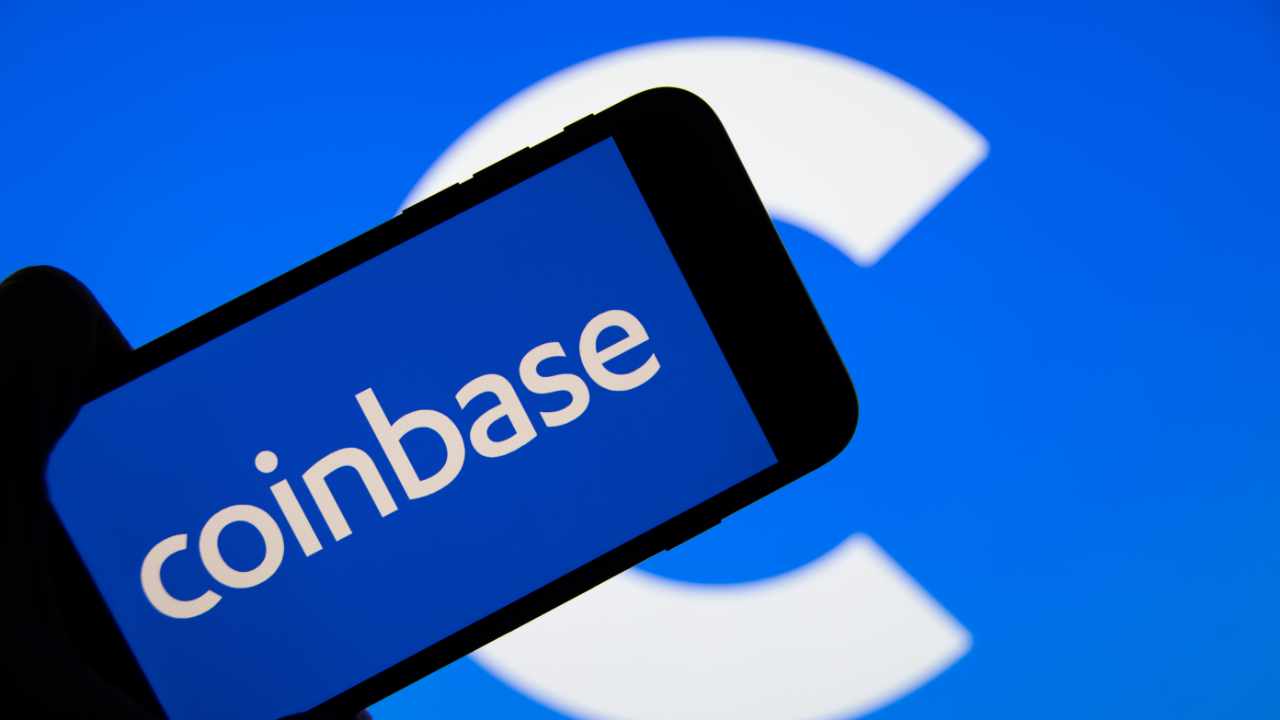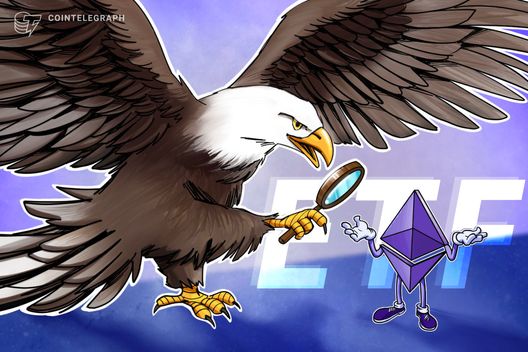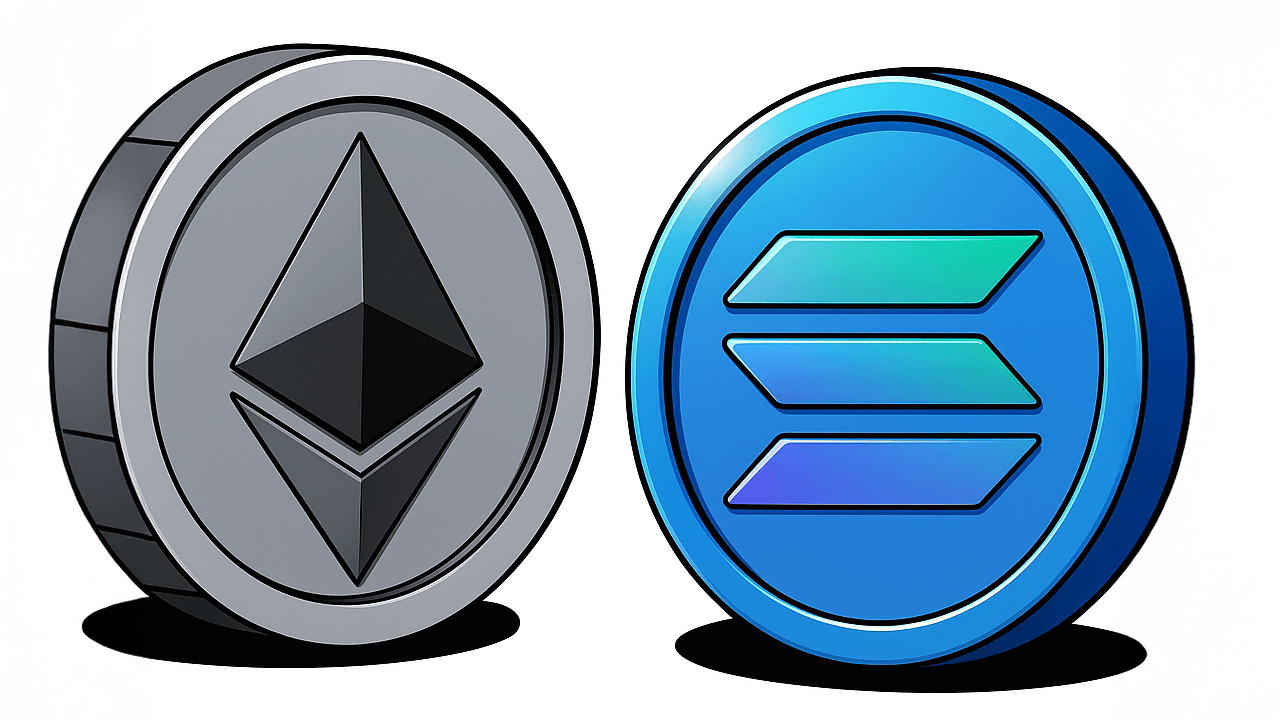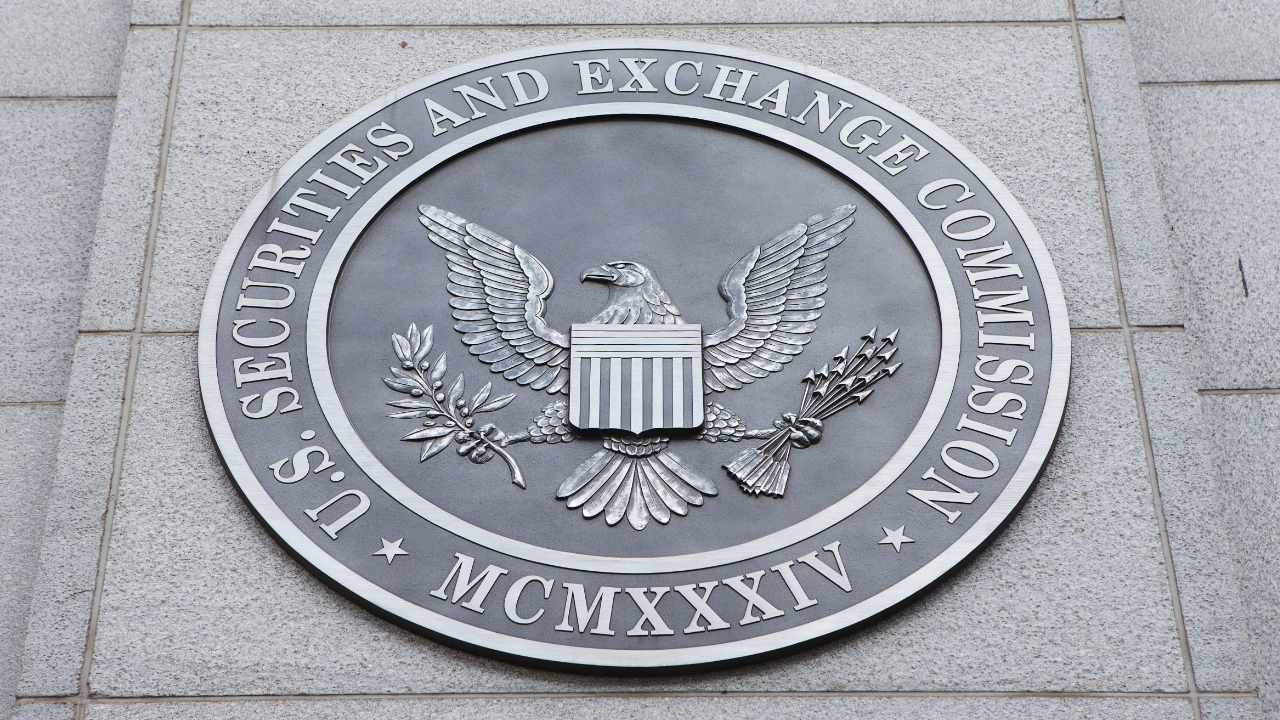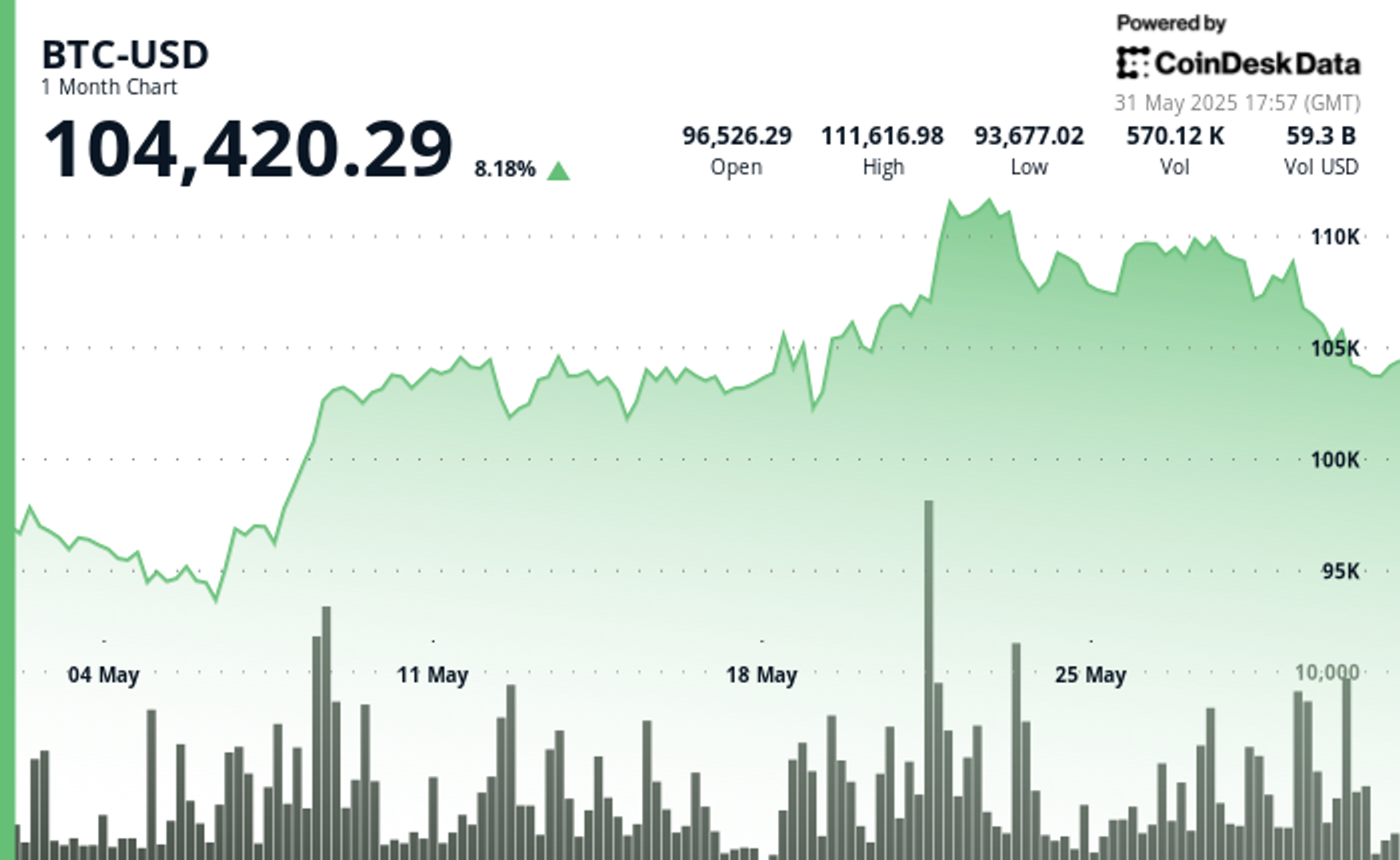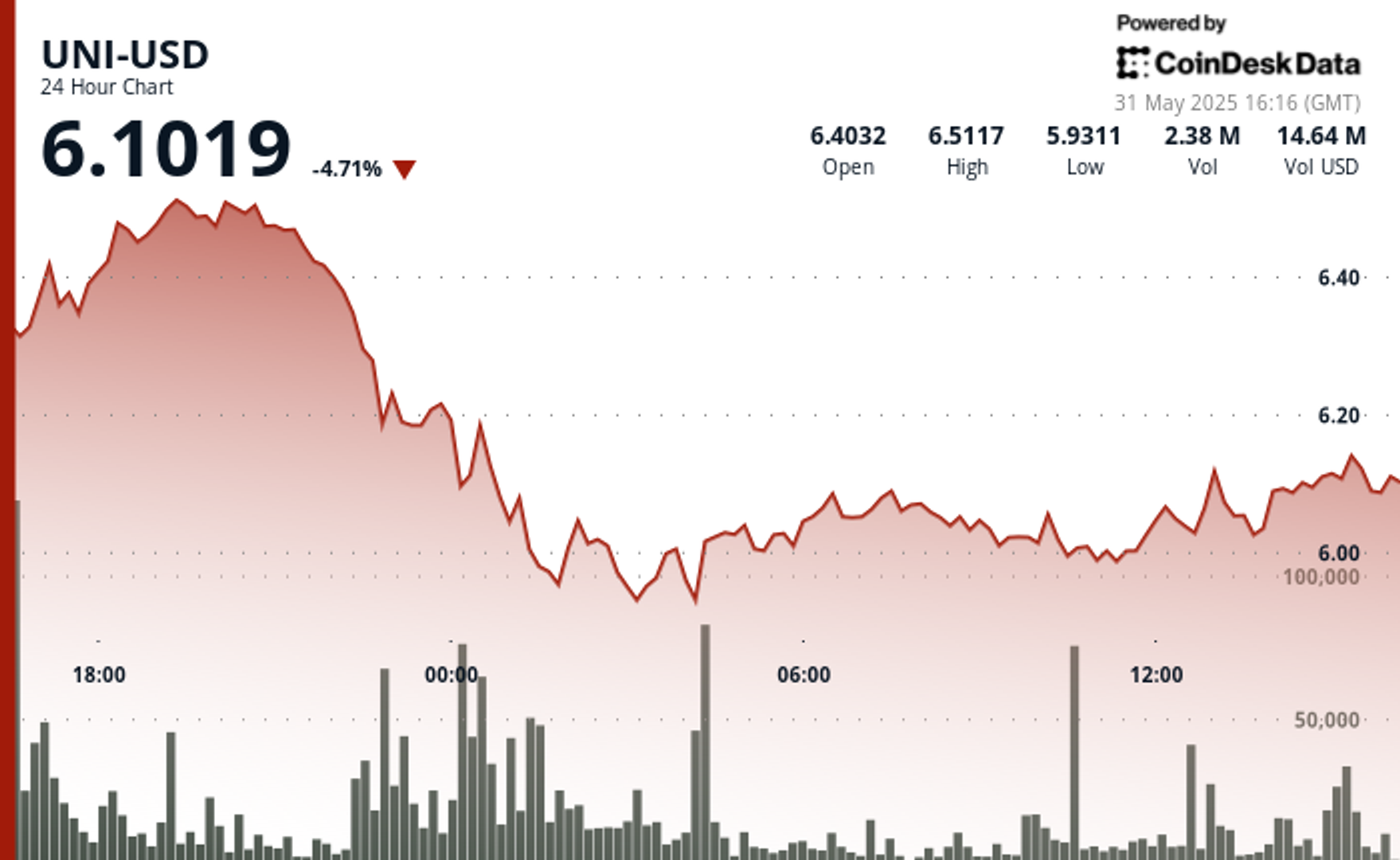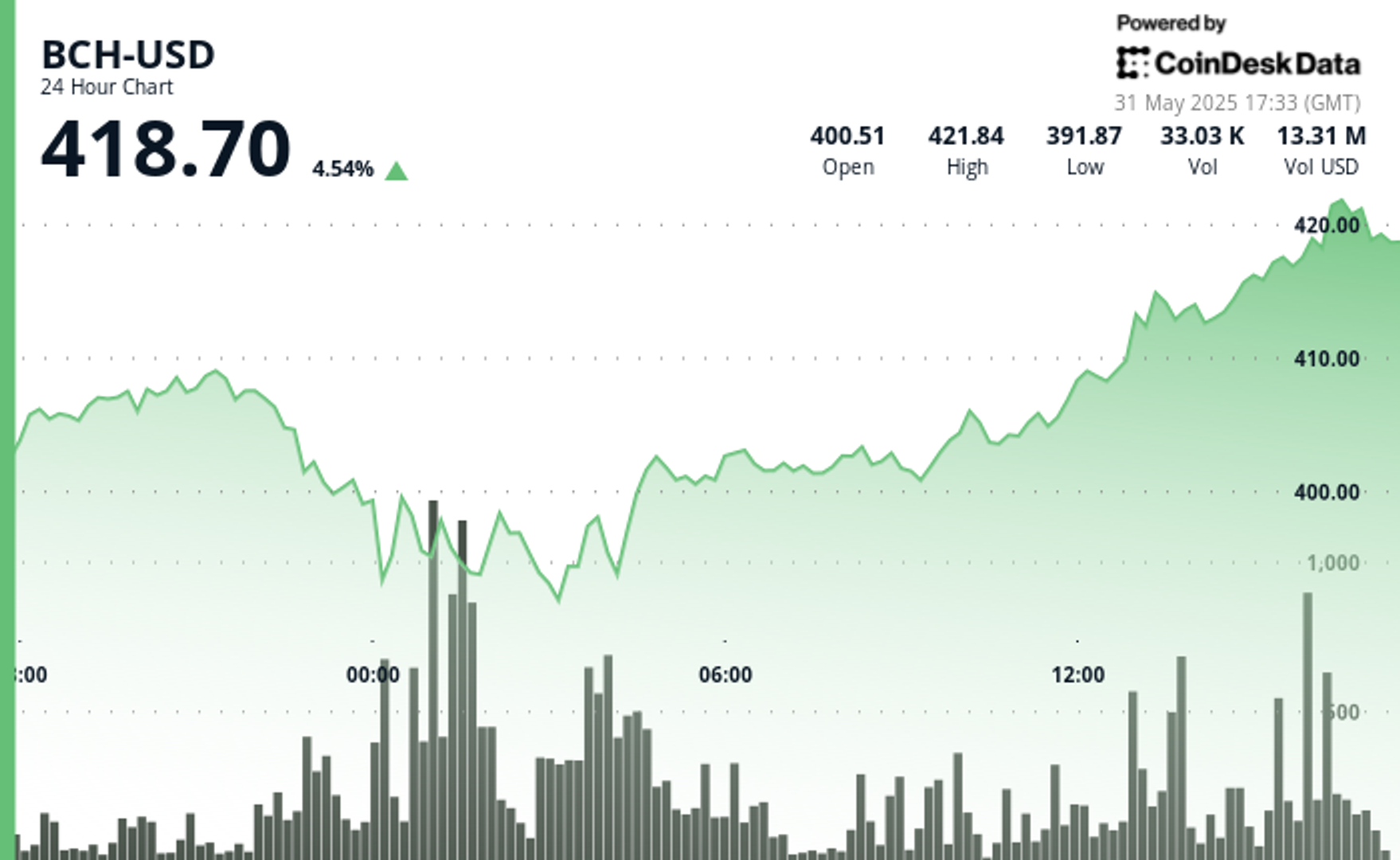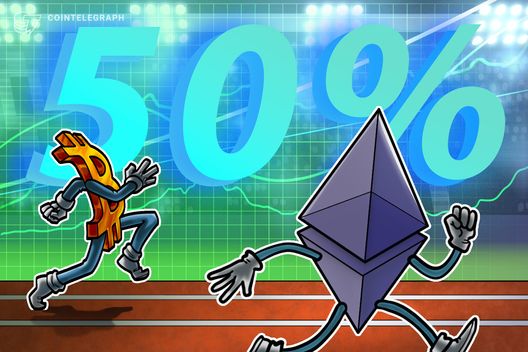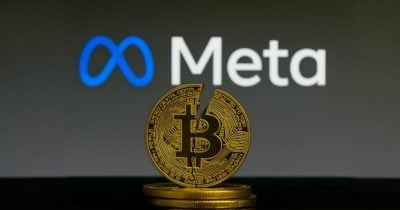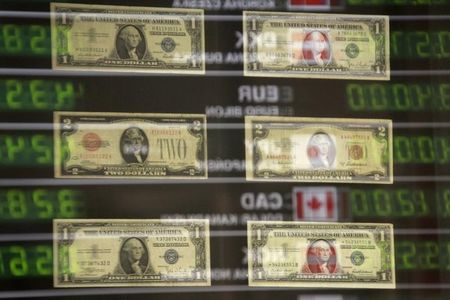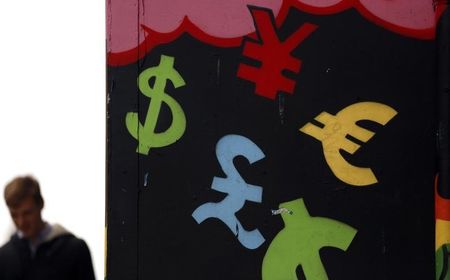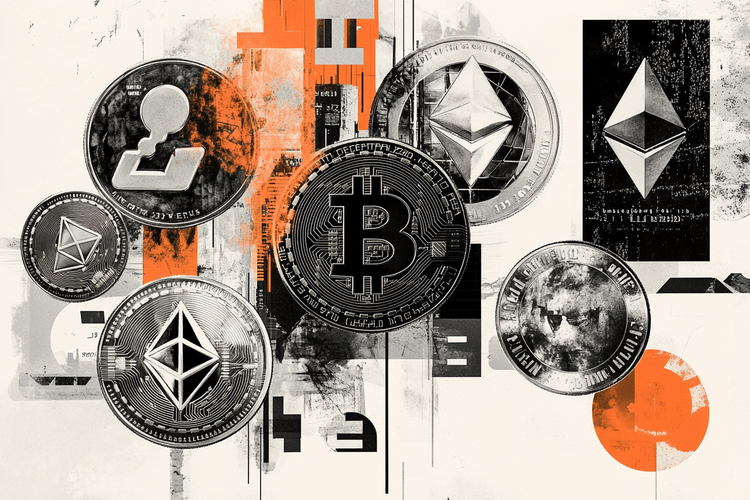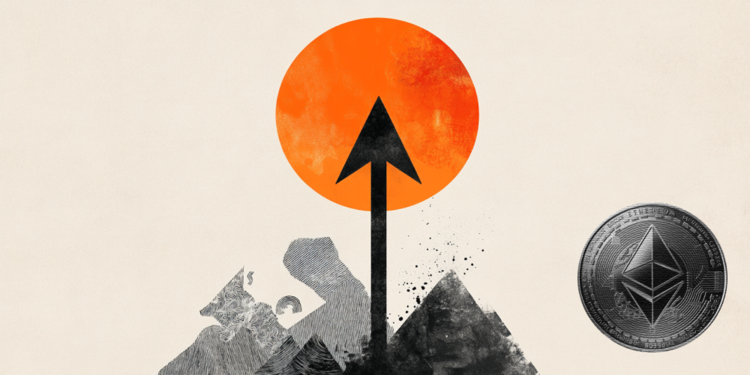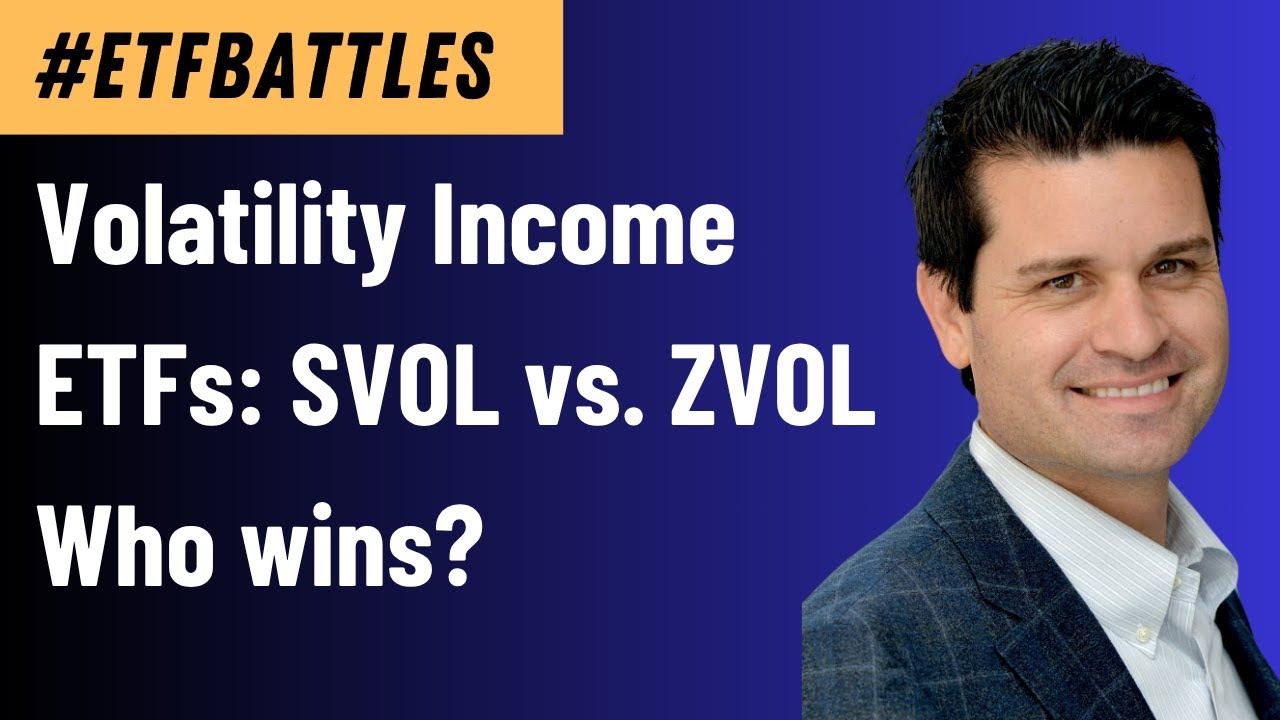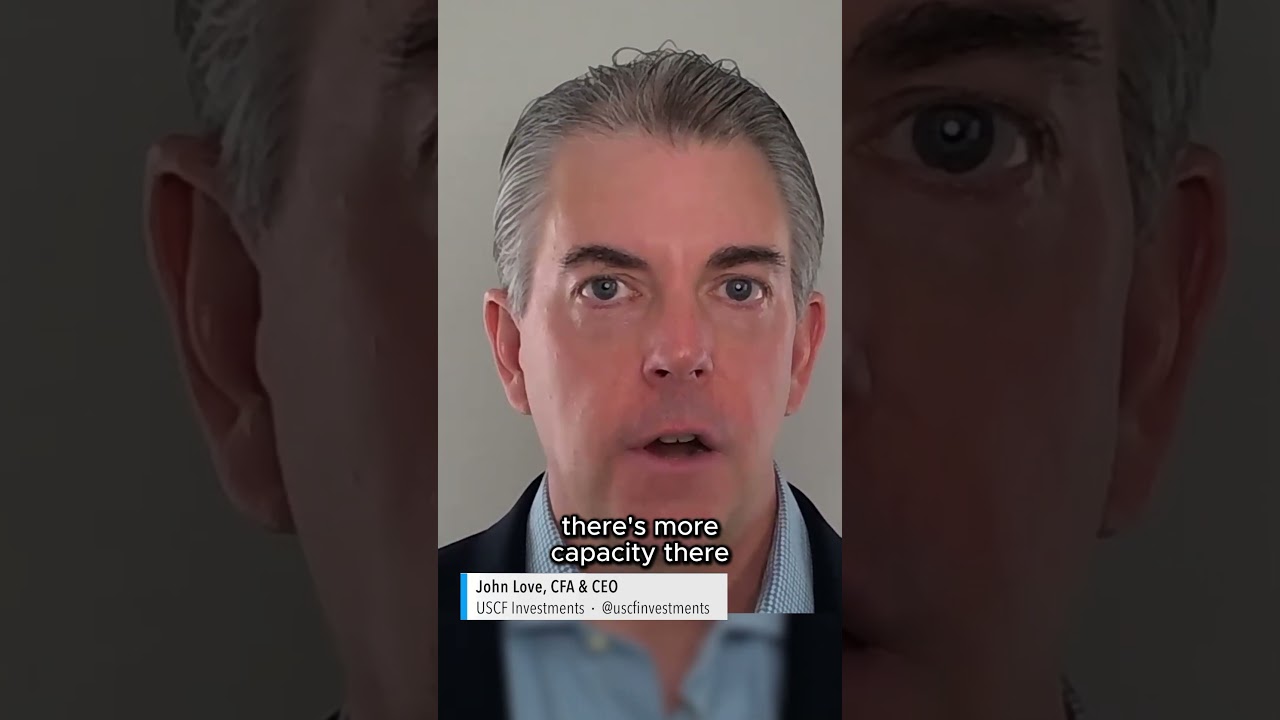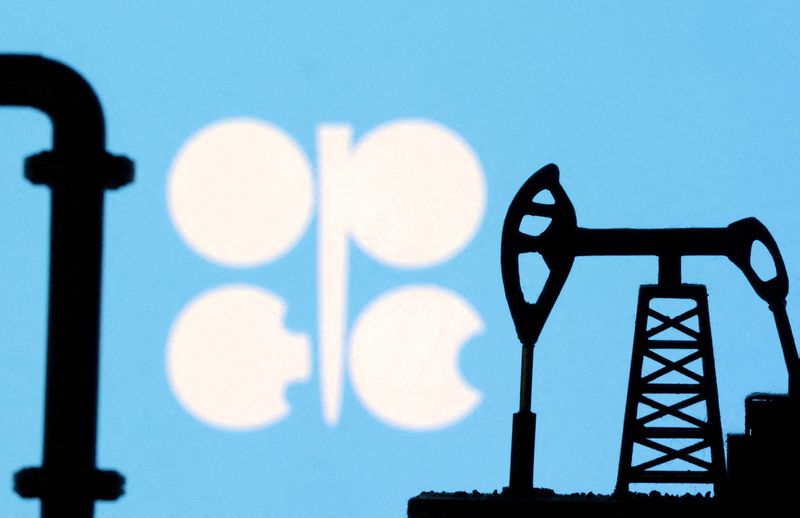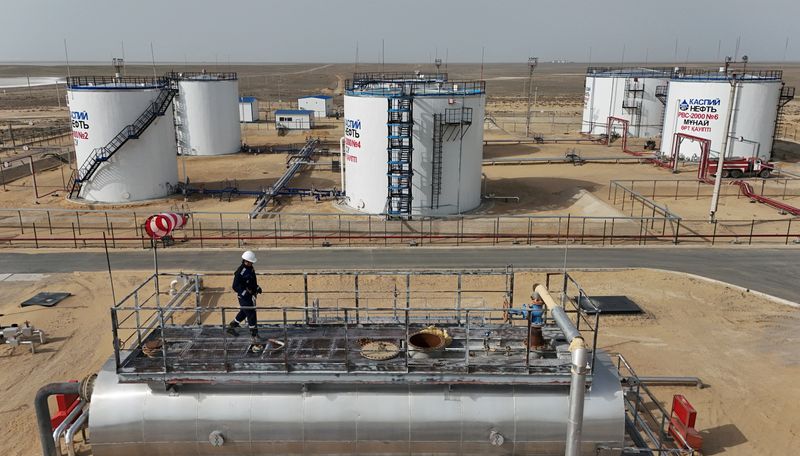At Over $1,000, Is Costco (NASDAQ:COST) Ready For a Stock Split
Costco (NASDAQ:COST) delivered the proverbial mixed bag earnings report, beating Wall Street estimates on the bottom line, but missing sales projections. While the warehouse club said it would raise prices only as a “last resort,” unlike Walmart (NYSE:WMT), which said prices are going higher due to tariffs, the pressure on the consumer is undeniable. Costco’s […] The post At Over $1,000, Is Costco (NASDAQ:COST) Ready For a Stock Split appeared first on 24/7 Wall St..
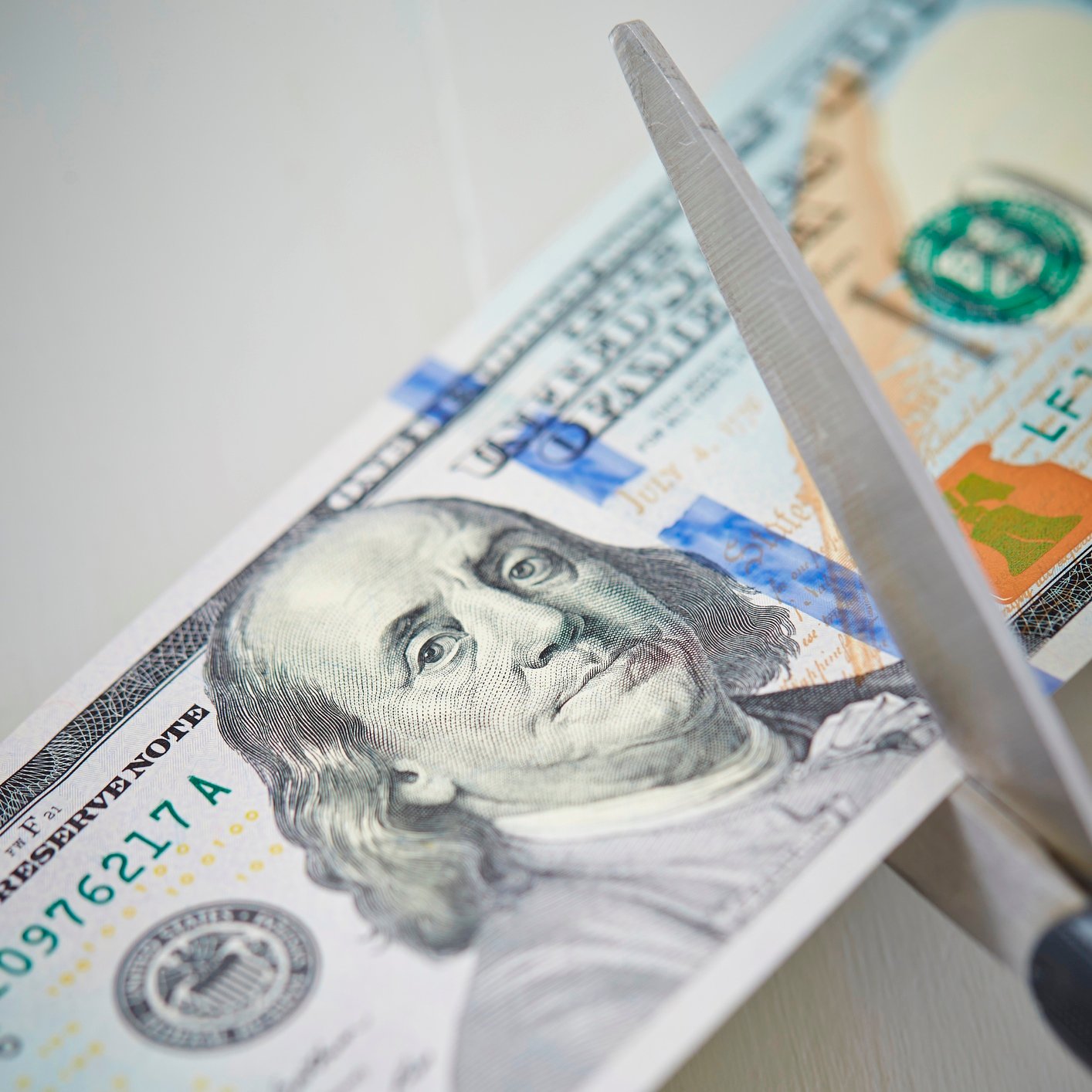
Costco (NASDAQ:COST) delivered the proverbial mixed bag earnings report, beating Wall Street estimates on the bottom line, but missing sales projections. While the warehouse club said it would raise prices only as a “last resort,” unlike Walmart (NYSE:WMT), which said prices are going higher due to tariffs, the pressure on the consumer is undeniable. Costco’s heft and scale are seemingly allowing it to maintain profitability, but shopper penny-pinching will mean they focus mostly on everyday essentials.
Shares of COST stock were down more than 1% in premarket trading Friday, dipping below $1,000 per share. However, after the opening bell, the stock rose 3% as investors responded positively to the warehouse club’s strengths. Does that mean Costco will announce a stock split soon?
Key Points in This Article:
-
Costco’s (COST) stock, trading near $1,009, has surged 2,970% since its last split in January 2000, driven by strong membership growth and financial performance.
-
Fractional share trading and high institutional ownership reduce the need for a stock split, as confirmed by CFO Gary Millerchip in January.
-
Despite tariff and inflation pressures, Costco’s focus on operational growth over share price adjustments makes a stock split unlikely in the near future.
-
Nvidia made early investors rich, but there is a new class of ‘Next Nvidia Stocks’ that could be even better. Click here to learn more.
A Distant Memory
Although Costco is no stranger to splitting shares, having executed three stock splits in its history, the last one was in 2000 when shares traded around $100 pre-split. The split reduced the price to around $50 and made its shares more accessible to retail investors.
Since then, Costco stock has delivered total returns to shareholders of 2,970%, closing out trading yesterday at just under $1,009 per share. That makes it the 12th most expensive stock on the S&P 500. In comparison, the popular benchmark index returned just 547% over the same 25 year period.
Costco’s impressive growth is driven by strong fundamentals that have persisted even during this period of market uncertainty after President Trump imposed broad-based tariffs on the U.S.’s trading partners. About one-third of Costco’s U.S. sales come from imports.
Fiscal third-quarter net sales rose 8% to $61.97 billion, with earnings of $4.28 per share — up 13% year-over-year. While sales missed Wall Street projections of $63.1 billion, earnings surpassed estimates of $4.23 per share. As expected, last year’s membership fee increase lifted fee revenue 10% to $1.24 billion, bringing total revenue to $63.2 billion.
The stock’s high price reflects investor confidence in Costco’s membership-driven model, with 74 million paid household memberships and 90.5% renewal rates globally. The fact that there have been no splits in over two decades suggests that management sees little need to adjust share accessibility, given the stock’s strong performance.
Reasons Against a Stock Split
The primary reason Costco is unlikely to split its stock lies in the rise of fractional share trading, which eliminates the need for lower share prices to attract retail investors. In the retailer’s fourth-quarter earnings call with analysts, CFO Gary Millerchip addressed stock-split speculation, stating, “The economic arguments [for splits] are less clear because retail investors and employees can now buy fractional shares.”
Introduced widely by brokerages in 2019, fractional trading allows investors to purchase portions of high-priced stocks like Costco, making splits “less economically necessary,” according to Millerchip. This view aligns with Costco’s focus on fundamentals — membership growth, e-commerce (up 15.7% in Q3), and margin expansion — over cosmetic share price adjustments.
Additionally, Costco’s investor base, with around 70% institutional ownership, is less sensitive to share price. Institutions prioritize long-term value, and splits don’t alter a company’s market cap or its fundamentals. Management’s reluctance to split the stock also reflects confidence in organic growth, as the company plans to open seven to nine new warehouses in 2025. A split could increase short-term volatility or dilute the perceived exclusivity that Costco maintains.
Some argue a split could boost liquidity and retail participation, arguments that were made in favor of Walmart’s 3-for-1 split last year. However, Costco’s high trading volume (averaging 2.4 million shares daily) and fractional share availability suggest investors aren’t having problems buying and selling its stock. And its dividend of $5.20 per share returns value to shareholders.
Key Takeaway
Costco’s stock, up nearly 3,000% since its last split in 2000, has thrived without another split. Millerchip’s comments underscore the retailer’s belief that splits are unnecessary in today’s market, and that the company is better served by focusing on growth in memberships and e-commerce.
With strong fundamentals and a loyal investor base, Costco is unlikely to split its stock anytime soon, choosing to deliver value through operational excellence.
The post At Over $1,000, Is Costco (NASDAQ:COST) Ready For a Stock Split appeared first on 24/7 Wall St..
























